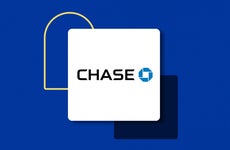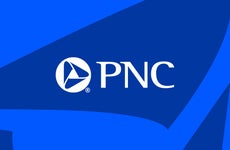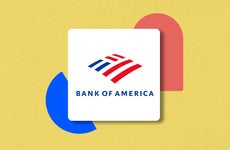Banking
From checking account details to bank reviews, debit card insights and more — you’ll find smart banking basics here.
Banking Basics
Editor's Picks
Latest Articles
-

Capital One Bank near me: Find branches and ATMs close by
Looking for a nearby Capital One location or ATM? Here’s how to find the closest ones.
2 min read Apr 23, 2024 -

Here’s how much investing $25,000 in a CD right now could earn you in 1 year
If you have $25,000 to invest in a CD right now, here’s how much you could earn.
4 min read Apr 22, 2024 -

5 ways to cash a check without a bank account
Consumers without a bank account face hurdles when trying to cash a check.
4 min read Apr 22, 2024 -

Best savings accounts for teenagers in 2024
The best savings accounts for teenagers offer competitive rates and charge no fees.
4 min read Apr 22, 2024 -

How to give a savings bond as a gift
Savings bonds can contribute to the recipient’s future financial security.
7 min read Apr 22, 2024 -

Citibank savings account rates
Find out whether Citibank’s savings accounts are for you.
2 min read Apr 19, 2024 -

National average money market account rates for April 2024
Get the latest rates on top-yielding money market accounts.
2 min read Apr 18, 2024 -

What is the average interest rate for savings accounts?
Comparing savings rates can ensure you get the best return on your savings.
3 min read Apr 18, 2024 -

5 must-have features for checking accounts
From no fees to online bill pay, here are the must-have checking account features.
4 min read Apr 18, 2024 -

How to check your bank account balance
Here are a few different ways to see how much money you have in your bank account.
3 min read Apr 18, 2024 -

How to close a bank account
If you’re looking for a new bank here’s how to transfer accounts and avoid problems.
4 min read Apr 18, 2024 -

Bank of America savings account rates
Looking for a good rate? Here’s what you need to know about the big bank’s offerings.
2 min read Apr 18, 2024 -

Current CD rates for April 2024
Check out the latest CD rates from Bankrate’s weekly survey of banks and thrifts.
2 min read Apr 18, 2024 -

Ally Bank CD rates
Everything you need to know about the online bank’s CD rates.
2 min read Apr 16, 2024 -

Chase checking accounts
Decide whether these products offered by America’s biggest bank meet your needs.
4 min read Apr 15, 2024 -

Truist savings account rates
Need a savings account? Here’s what the newly created Truist bank pays.
2 min read Apr 15, 2024 -

American Express CD rates
Here’s everything you need to know about the bank’s rates.
1 min read Apr 15, 2024 -

PNC Bank CD rates
Everything you need to know about the bank’s yields on CDs.
2 min read Apr 12, 2024 -

Bank of America checking accounts
Everything you need to know about BofA’s checking accounts.
4 min read Apr 12, 2024 -

What is a good interest rate on a savings account?
The top high-yield savings accounts are currently earning APYs of 5 percent and greater.
2 min read Apr 12, 2024
Related Topics
Helpful Links
- Savings calculator
- CD ladder calculator
- Compound interest calculator
- Investment calculator
- Best savings accounts
- Best checking accounts
- Best bank account bonuses
- How to save money
- Build an emergency fund
- Savings tips for different goals
- How to write a check
- How to deposit a check
- How do money orders work?
- How to fill out a money order
- Ways to insure excess deposits
- Cashier's check vs. money order
- How to close a bank account




